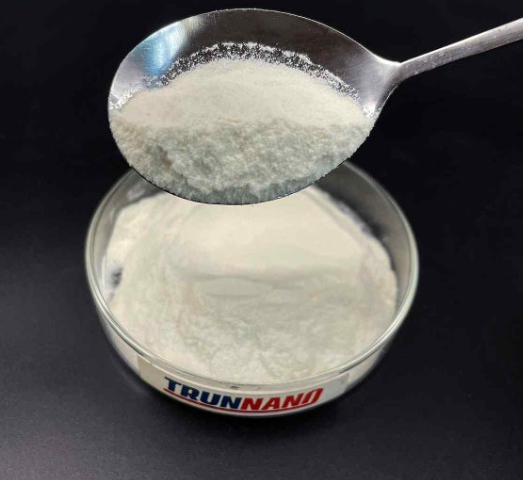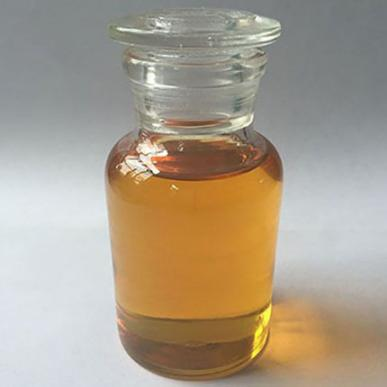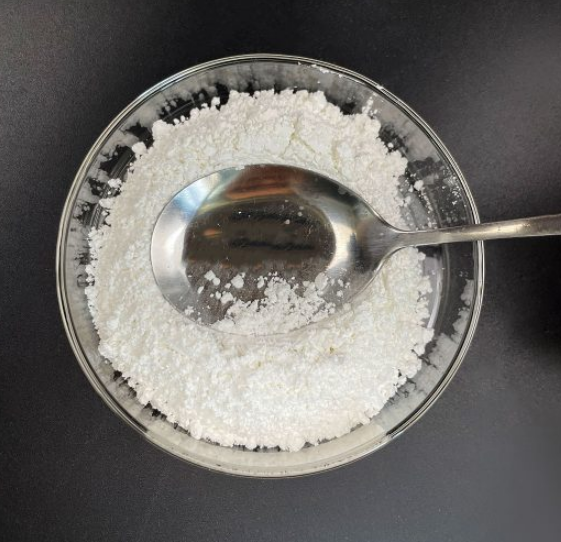1. Introduction
In the past 48 hours, a viral social media post claimed that ‘sodium lauryl sulfate causes cancer,’ reigniting public concern over this common ingredient. While regulatory agencies like the FDA and EU Scientific Committee on Consumer Safety have repeatedly confirmed its safety in typical use concentrations, the buzz highlights the need for clear, science-based information. So, what exactly is sodium lauryl sulfate—and why is it in your shampoo, toothpaste, and even some herbicides?

2. What Is Sodium Lauryl Sulfate?
Sodium lauryl sulfate (SLS), also known as sodium dodecyl sulfate or natrium lauryl sulfate, is a synthetic anionic surfactant. The term ‘surfactant’—short for ‘surface-active agent’—refers to compounds that reduce surface tension between liquids or between a liquid and a solid. This property allows SLS to lift oil, grease, and dirt from surfaces, making it highly effective in cleaning and foaming applications.
Chemically, SLS is derived from lauryl alcohol (often sourced from coconut or palm kernel oil) and sulfuric acid, followed by neutralization with sodium hydroxide. Its molecular formula is C12H25SO4Na, and it’s sometimes labeled as ‘na lauryl sulfate‘ or ‘sls sodium lauryl sulfate’ on ingredient lists.
3. How Does SLS Work as a Surfactant?
The meaning of surfactant lies in its dual-nature molecular structure: one end is hydrophilic (water-loving), and the other is hydrophobic (oil-loving). When mixed with water, SLS molecules surround oil droplets, allowing them to be rinsed away. This action is key in shampoos, body washes, and dish soaps.
SLS is classified as an anionic surfactant because it carries a negative charge in solution. Other common anionic surfactants include sodium laureth sulfate (also called sodium lauryl ether sulfate or sodium lauryl ether sulphate), ammonium lauryl sulfate, and sodium dodecylbenzene sulfonate. In contrast, cationic surfactants like cetyl trimethyl ammonium bromide (CTAB) carry a positive charge and are often used as antimicrobials or conditioners. Amphoteric surfactants—such as cocamidopropyl betaine (also known as coco betaine, amidopropyl betaine, or coco amido propyl betaine)—can switch charge depending on pH and are milder, often paired with SLS to reduce irritation.

4. Common Uses of SLS Beyond Personal Care
While SLS is famous in toothpaste and shampoos for its rich lather, it’s also used in industrial and agricultural settings. For example, it serves as a surfactant for herbicides and weed killers, acting as a lawn wetting agent or wetting agent for grass to help active ingredients stick to and penetrate plant leaves. In labs, it’s used in protein analysis due to its denaturing properties.
Other surfactants used in similar roles include polysorbate 80, Span80, lignin sulfonate, and ethoxylated alcohols. Non-ionic surfactants like Pluronic 127 (poloxamer 188) and coco glucoside are also popular in eco-friendly formulations because they lack charge and are generally gentler.
5. SLS vs. Alternatives: What’s the Difference?
Many consumers confuse SLS with sodium laureth sulfate (SLES), often labeled as ‘sodium laureth,’ ‘laureth sulphate,’ or ‘sulphate laureth sulfate.’ While both are anionic surfactants, SLES is ethoxylated—meaning it’s processed with ethylene oxide—which makes it less irritating than SLS but raises separate environmental concerns.

Gentler, bio-based options are gaining traction. These include alkyl polyglucoside, decyl glucoside, sodium cocoyl glutamate, sodium lauroyl sarcosinate (or lauroyl sarcosinate), and sodium coco sulfate (sometimes called coco sodium sulfate). Methylated seed oil is another non-ionic surfactant used in agriculture.
For those seeking sulfate-free products, ingredients like sodium cocoyl isethionate, sodium lauroyl methyl isethionate, and cocamidopropyl derivatives offer effective cleansing with lower irritation potential.
6. Safety and Misconceptions
Despite online rumors, major health authorities agree that SLS is safe when used as directed. It can cause skin or eye irritation at high concentrations, which is why it’s typically used at 1–15% in rinse-off products. It is not classified as carcinogenic, mutagenic, or toxic to reproduction.
Importantly, SLS is not the same as fluoro surfactants, copper 1 bromide, or sodium deoxycholate—these are entirely different chemical classes. Also, while ‘sls sulfate’ or ‘sls sodium laureth sulfate’ are common mislabelings, they’re technically inaccurate; SLS and SLES are distinct compounds.
Companies like Rohit Surfactants Private Limited manufacture SLS for global markets, and ‘sodium lauryl sulfate for sale’ is widely available for industrial and cosmetic use.
7. Conclusion
Sodium lauryl sulfate remains one of the most effective and cost-efficient anionic surfactants in use today. While it’s not the gentlest option for sensitive skin, its performance in cleaning and foaming is unmatched. With growing interest in sustainable and mild alternatives—like amphoteric betaines and bio surfactants—the market continues to evolve. Understanding the science behind SLS and its counterparts empowers consumers to make informed choices without falling for fear-based myths.
Our Website founded on October 17, 2012, is a high-tech enterprise committed to the research and development, production, processing, sales and technical services of ceramic relative materials such as What. Our products includes but not limited to Boron Carbide Ceramic Products, Boron Nitride Ceramic Products, Silicon Carbide Ceramic Products, Silicon Nitride Ceramic Products, Zirconium Dioxide Ceramic Products, etc. If you are interested, please feel free to contact us.


